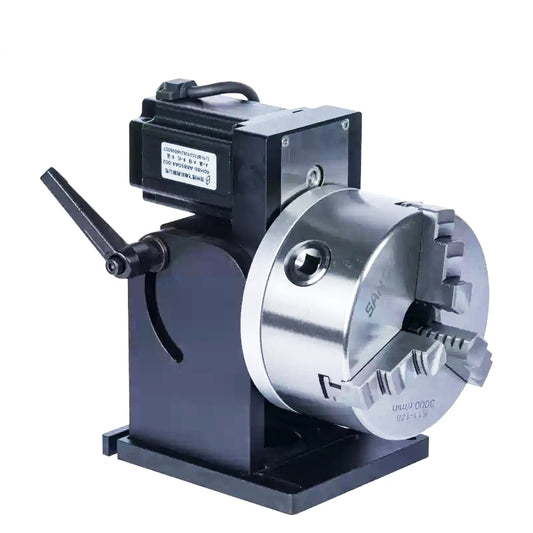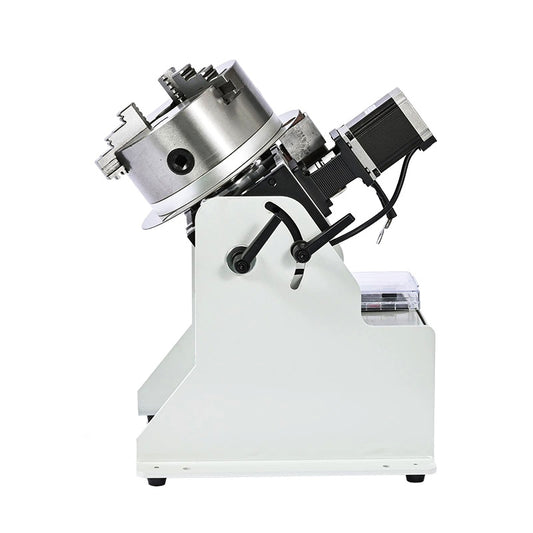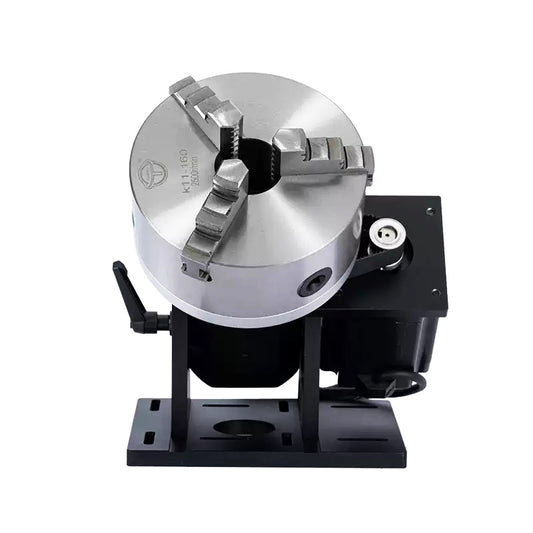Key Features to Look for in a High-Precision Welding Positioner
Share
When it comes to achieving accurate and consistent welds, the right welding positioner can make all the difference. Whether you’re a professional fabricator or a workshop enthusiast, investing in a high-precision welding positioner ensures optimal control, efficiency, and quality. But with so many options on the market, how do you choose the perfect model for your needs? This guide highlights the key features to consider when selecting a welding rotary positioner for your next project.
Why Choose a High-Precision Welding Positioner?
High-precision welding positioners are designed to enhance the welding process by offering stability, flexibility, and accuracy. These devices allow welders to rotate or tilt workpieces, ensuring the ideal angle for precise welds. They are particularly useful for complex assemblies, cylindrical components, and intricate welding tasks.
Selecting the right welding rotary positioner involves understanding your specific requirements and evaluating the features that align with them. Let’s dive into the key characteristics to look for.
1. Load Capacity
One of the most critical considerations is the load capacity of the welding positioner. This determines the maximum weight it can safely support, including the workpiece, fixtures, and any additional accessories. For small to medium-sized tasks, a positioner with a capacity of 30-50kg is ideal, providing sufficient versatility without compromising precision.
Key Questions:
What is the total weight of your workpieces and fixtures?
Does the positioner’s load capacity align with your typical projects?
2. Rotation Speed and Control
The ability to adjust rotation speed is essential for achieving consistent weld quality. A high-precision welding positioner should offer variable speed controls to match the specific needs of different welding techniques, such as MIG, TIG, or arc welding.
Look For:
Smooth and precise rotational movement.
Speed ranges that accommodate both high-speed and low-speed welding tasks.
Digital or manual control interfaces for easy adjustments.
3. Tilt Functionality
Tilt capability allows you to adjust the angle of the workpiece for optimal access and positioning. This feature is particularly important for welding irregularly shaped or multi-sided objects. High-precision welding positioners often provide tilt ranges of up to 90° or more, ensuring flexibility for various applications.
Benefits:
Enhanced ergonomics, reducing welder fatigue.
Improved weld consistency across different sections of the workpiece.
4. Chuck and Fixture Compatibility
A versatile welding rotary positioner should support a range of chucks and fixtures to accommodate diverse workpieces. Ensure the positioner you choose is compatible with standard and custom fixtures, providing flexibility for different project types.
Key Features:
Quick-release mechanisms for efficient setup.
Compatibility with clamps, jaws, and other securing tools.
5. Precision Controls
High-precision welding tasks demand precise controls for rotation, tilt, and positioning. Look for models with advanced control systems, such as:
Foot Pedals: Hands-free operation for seamless adjustments.
Digital Displays: Accurate monitoring of speed, angle, and position.
Programmable Functions: Automated sequences for repetitive tasks.
6. Build Quality and Durability
The durability of a welding positioner is crucial for long-term reliability. Opt for models made with high-quality materials, such as steel or aluminum, that can withstand the rigors of daily use.
Considerations:
Corrosion-resistant coatings for extended lifespan.
Robust design to handle high-stress applications.
7. Compact and Portable Design
For workshops with limited space or welders who need mobility, compact and portable positioners are invaluable. Look for lightweight models that are easy to transport and store without sacrificing functionality.
Features to Check:
Ergonomic handles for portability.
Space-saving designs with foldable components.
8. Safety Features
Safety should never be overlooked. High-precision welding positioners often come equipped with features to protect both the operator and the equipment.
Examples:
Emergency stop buttons for quick shutdowns.
Overload protection to prevent damage from exceeding load capacity.
Anti-slip bases for stability during operation.
Choosing the right high-precision welding positioner requires careful consideration of its features and how they align with your welding needs. From load capacity and rotation speed to tilt functionality and safety measures, these devices are designed to streamline your workflow and elevate your weld quality.
Whether you’re working on small-scale projects or intricate assemblies, investing in a well-equipped welding rotary positioner will save you time, enhance precision, and ensure safety. Evaluate your requirements, prioritize the key features outlined above, and make a choice that propels your welding expertise to new heights.






